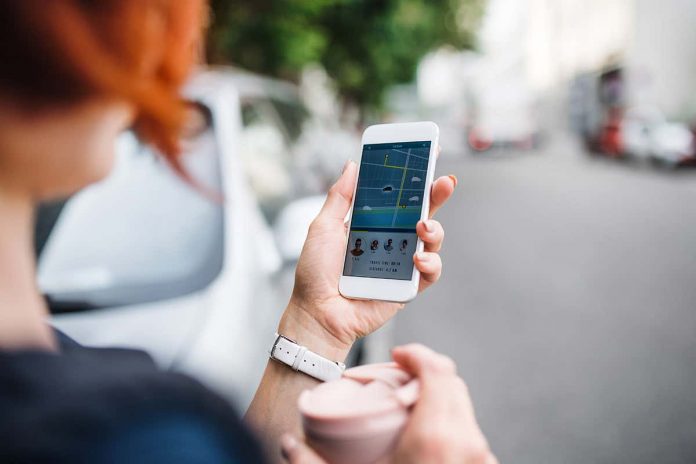[ad_1]

Halfpoint Images/Getty Images
The introduction of ride-sharing companies, including Uber and Lyft, has been associated with a 0.7 per cent increase in car ownership on average in US urban areas.
Jeremy Michalek at Carnegie Mellon University in Pennsylvania and his colleagues analysed trends in vehicle ownership in 224 urban areas across the US between 2011 and 2017 to investigate how these were influenced if a ride-sharing company – either Uber or Lyft – began operating in the area.
“We would have expected ownership to probably go down, because when people gain access to this alternative travel mode they may be able to get away with not owning a car, or owning fewer cars in their household,” says Michalek.
Advertisement
Instead, the team found that the trend for vehicle ownership per capita in urban areas changed following the first entry of a ride-sharing company. On average, across areas and through time, there was an increase of 0.7 per cent in car ownership – the increase was larger in car-dependent cities, and in cities with a faster rate of population growth.
Michalek thinks the trend may exist because the increase in ownership by drivers and potential drivers outweighs the decrease in ownership by riders. “People who are considering driving for Uber and Lyft, some of them may be on the boundary of whether they can afford a new vehicle or not,” he says. Being able to earn money driving for ride-sharing companies on the weekends “might be pushing them over”, he says.
An increase in car ownership doesn’t necessarily equate to an increase in emissions, says Michalek – he says further studies would be needed to examine the issue.
“In a lot of respects, this is not surprising,” says Os Keyes at the University of Washington in Seattle. “If there’s money to be made in having a car, more people are likely to have cars.”
“As the largest mobility platform in the world, it is our responsibility to more aggressively tackle the issue of climate change and we want to do our part in driving a green recovery of our cities. That is why, last year, we have made a commitment to become a zero-emission mobility platform [in major cities in Europe, the US and Canada] by 2030, and globally by 2040,” said an Uber spokesperson. “While we are sceptical about the methodology of this study […] we will continue to work hard to create a greener and better future for all.”
Lyft said: “Lyft has helped remove almost half a million cars from our roads by investing in technology and services that reduce our dependence on personal vehicles. This includes managing the nation’s largest bike share system, integrating public transit information directly into the Lyft app, and partnering with transit agencies across the country to increase mobility within their cities.”
“The paper uses an extremely broad data set covering the entirety of the US,” says Keyes. But similar studies in other countries are likely to yield different results, because of variation in urban density, poverty level and childlessness, they say. And since the study was conducted between 2011 and 2017, it won’t have picked up more recent changes in people’s travel habits, Keyes adds.
Journal reference: iScience, DOI: 10.1016/j.isci.2020.101933
More on these topics:
[ad_2]
Source link











